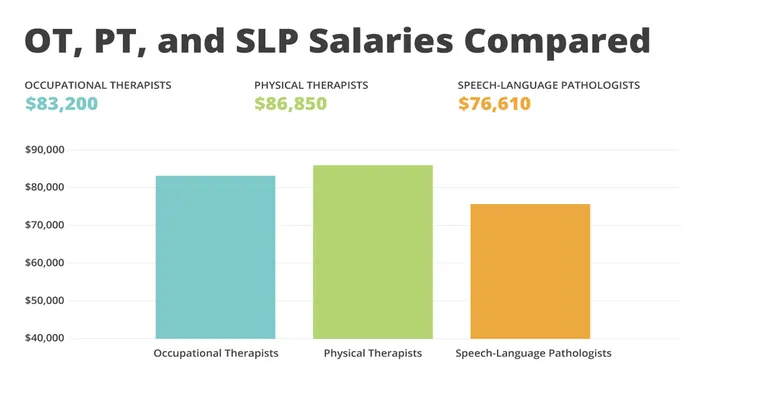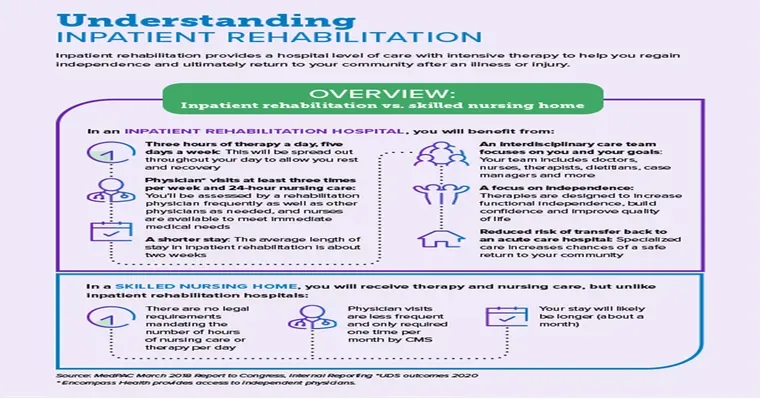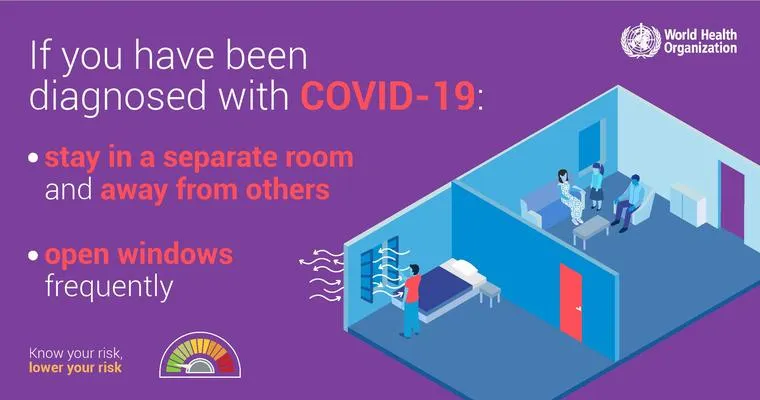In today's health and wellness landscape, "physical therapy", "speech therapy", and "occupational therapy" play crucial roles in the rehabilitation and recovery processes for individuals facing various challenges. These therapies not only enhance the quality of life but also empower patients to regain independence and improve their overall well-being. Understanding the fundamentals of these therapeutic approaches is essential for anyone considering them for themselves or their loved ones.
What is Physical Therapy?
"Physical therapy" focuses on restoring movement and function to individuals who have experienced injury, illness, or disability. Through tailored exercise programs, manual therapy, and the use of modalities such as heat or electrical stimulation, physical therapists aim to alleviate pain, improve mobility, and enhance physical performance. Common conditions treated by physical therapists include sports injuries, post-surgery recovery, arthritis, and neurological disorders. By evaluating a patient’s specific needs, physical therapists develop personalized treatment plans that promote healing and strength.
The Role of Speech Therapy
"Speech therapy" primarily addresses communication disorders, which can arise from a variety of conditions, including stroke, brain injury, developmental delays, or congenital issues. Speech-language pathologists (SLPs) work with individuals to improve their ability to speak, understand language, and process verbal information. Techniques may involve articulation exercises, language development strategies, or social communication skills. Additionally, SLPs also assist those with swallowing difficulties, ensuring safe and effective eating and drinking.
Understanding Occupational Therapy
"Occupational therapy" is designed to help individuals regain the skills necessary for daily living and working. Occupational therapists assess a person’s physical, cognitive, and emotional capabilities to create customized interventions that improve their ability to perform everyday activities. This may include adapting workspaces, using assistive devices, or teaching new techniques to accomplish tasks. Whether it’s helping a child with developmental delays participate in school activities or assisting an elderly person with daily self-care routines, occupational therapy promotes independence and enriches the quality of life.
The Interconnection of Therapies
While "physical", "speech", and "occupational therapy" are distinct fields, they often work in conjunction to support holistic recovery. A patient recovering from a stroke, for example, may need all three types of therapy to regain their physical capabilities, improve communication, and adapt to daily living changes. Collaborative approaches among therapy disciplines can lead to more comprehensive care and better outcomes for patients.
Conclusion
In conclusion, "physical therapy", "speech therapy", and "occupational therapy" each provide essential support for individuals facing various health challenges. By understanding the unique benefits and roles of these therapies, patients and caregivers can make informed decisions about treatment options. Whether you are recovering from an injury, managing a chronic condition, or seeking to improve daily functioning, these therapies offer valuable resources for enhancing quality of life and achieving personal goals. If you or a loved one may benefit from these services, consider reaching out to a qualified healthcare professional to explore the possibilities.





